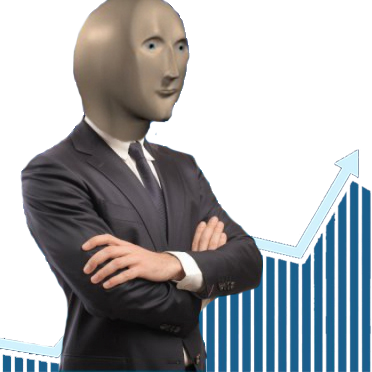I was watching Hudson's and Desai's video on money and the dollar system, where Hudson mentions that money is debt, but I didn't understand the concepts. Then I found this video explaining it more succinctly, with cartoons and historical development and such, but I still don't understand it at all.
I'm looking for extremely basic introductions on the matter - how exactly did debt connect with exchange of commodities? How did that develop into what we have now? What does a bank really do behind the curtains?
A major argument of the book is that the imprecise, informal, community-building indebtedness of "human economies" is only replaced by mathematically precise, firmly enforced debts through the introduction of violence, usually state-sponsored violence in some form of military or police.
A second major argument of the book is that, contrary to standard accounts of the history of money, debt is probably the oldest means of trade, with cash and barter transactions being later developments.
Debt, the book argues, has typically retained its primacy, with cash and barter usually limited to situations of low trust involving strangers or those not considered credit-worthy.
https://en.wikipedia.org/wiki/Debt:_The_First_5000_Years#Synopsis
debt came first. social debt. debt to parents, debt to community. the first banks were temples. you pay your debt in installments to the temple as tithe to secure rights to work the land (rent/tenure). credit and debt systems worked within/among peoples, barter occurred between unrelated/low trust peoples. you don't trade the cobbler 6 flax for 2 shoes. he just makes you the shoes and you hook him up when you can. because you all know each other.
coinage and more recognizable banking came with expansion and conquest: payment of taxation in coinage, lending of coinage for finance in low trust societies / among low trust parties, a means to pay soldiers in places outside the framework of social debts, so they can secure their material needs to fight while abroad.
graeber's book is an incredible lens for viewing and understanding the origins of these systems outside the capitalist ideology of insisting upon its social relations as "natural."
Saw one comment and knew it was going to be a Graeber recommendation before I clicked
In addition to what @came_apart_at_Kmart said, you should think of it as this. The 'denomination' of debt is unaffected by inflation. When you take out a 100 dollar loan, it doesn't become a debt of 200 dollars just because the value of the dollar has halved. This means that debt, unlike currency, is the constant financial asset around which 'value' is assigned, and 'money' is just a fungible form of debt that changes value based off of how much debt is allowed out by the banks at any given time.
That being said, because debt is controlled by the banks, there is theoretically an unlimited amount of debt that can be accessed until creditors come to collect.




